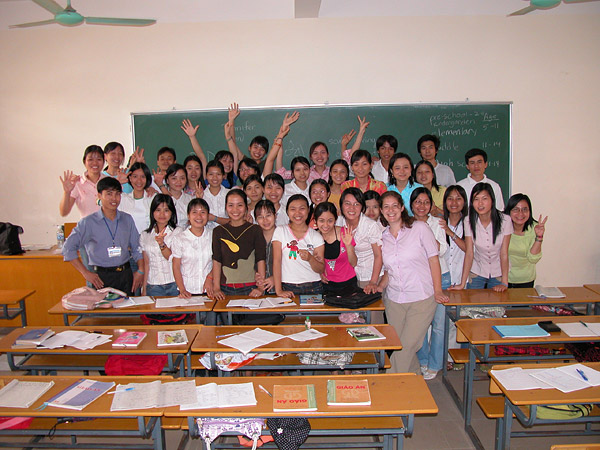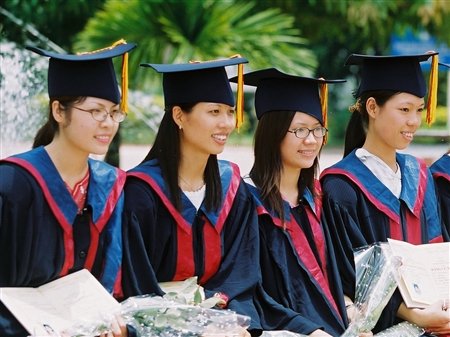From the research and readings that have been done regarding nation branding or national aesthetics, it is not surprising to observe that countries are essentially very large businesses, corporations, if you will. A country that has been doing a very good job of creating a very organized focus on its nation brand, one that is very opening associated to a corporate identity, is Switzerland.
The organization working to create Switzerland's unique nation brand is called Presence Switzerland. It works to create a consistent and a visual basis-a corporate identity-for Switzerland (Corporate Identity, nd). Presence Switzerland is also responsible for coordinating different private and public agencies and works with both federal and third party organizations. One organization called Swissnex is responsible for the development and promotion of science and technology, higher education and training, and research and innovation ( Fetscherin 2010 ). The development of education and training are crucial for any economy to improve and develop beyond the typically more simple "production processes and products" and for those those in its society to adapt smoothly to changing economies and technologies (Fetscherin 2010).
Swissnex has several worldwide posts, including San Francisco and Boston.
The Boston slogan, "connecting the dots," kind of gives a base for its seven mission objectives:
1) To strengthen Switzerland’s reputation as a center for science, technology and innovation.
(2) To set up and maintain a dense network of contacts with universities, research institutions, companies and other organizations in the host regions and in Switzerland, as well as to support Swiss scientists in the host regions.
(3) To structure, strengthen and promote the interests of Switzerland and the presence of Swiss research, technology and know-how in the host regions.
(4) To support the internationalization efforts of Swiss institutions in the host regions.
(5) To coordinate the network of partner institutions and researchers to develop a tradition of scientific and technological knowledge exchange.
(6) To strengthen brand-building and public relations in the host regions, as well as media coverage in Switzerland.
(7) To help structure, implement and extend bilateral research cooperation programs where such programs exist.
In regards to the Gribble article on Vietnam national policies regarding citizens getting their education overseas or domestically, some of Switzerland's and Vietnams logical processes of benefits are rather similar. For example, those pertaining to knowledge and technology transfer. The article covered Viet Nam giving students an an alternative, such as expanding the domestic secondary education. Other ideas were to offer incentives and repatriation schemes as an encouragement to return home, and to encourage economic growth to lead to attractive employment for those returning also developing a strong research and development environment. And if these do not crate more positive linkages, then the acceptance that some will not return but can contribute...establish and maintain links to diaspora to engage with current and former students. They can remit savings, and act as a bridge for foreign investment and transfer of knowledge.
Ultimately, I wonder if developing a program more similar to Switzerlands' would create a better alternative for Viet Nam.

Fetscherin, Marc, and Pascal Marmier. "Switzerland's Nation Branding Initiative to Foster Science and Technology, Higher Education and Innovation: A Case Study." Switzerland's Nation Branding Initiative to Foster Science and Technology, Higher Education and Innovation: A Case Study. N.p., 1 Feb. 2010. Web. 27 Feb. 2016.
Corporate Identity Manual. Rep. N.p.: Presence Switzerland, n.d. Print.






